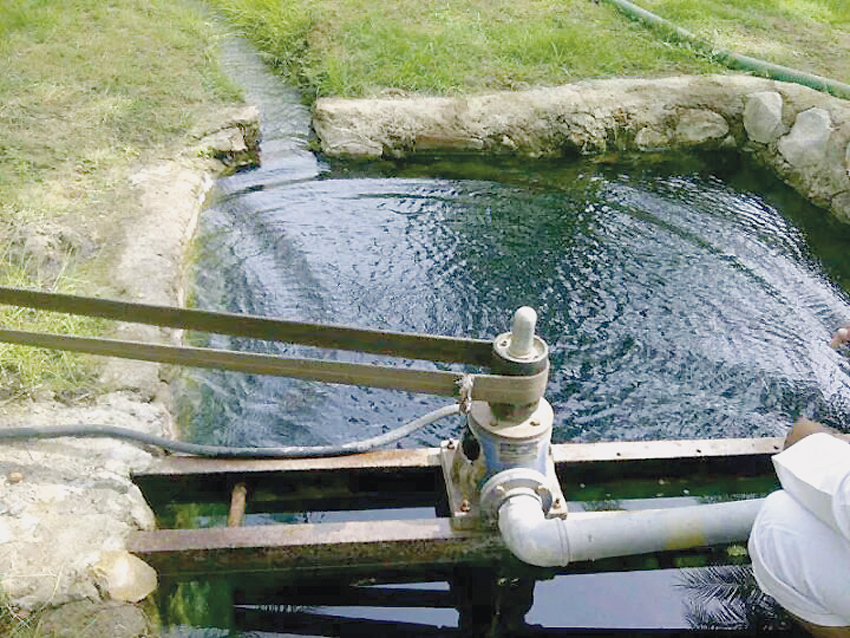


By Zainab Al Nasseri — MUSCAT: Feb 27 - The groundwater salinity has increased 65 per cent along the Batinah coast in 2016 as against the salinity levels in 2010, according to a study conducted by the Ministry of Regional Municipalities and Water Resources. The increased salinity levels were observed in 510 out of the 1,000 wells. Yet, 455 wells saw a 17-per cent improvement in the salinity levels. The study cited several reasons for the increase, including random and illegal drilling of wells, use of mechanical pumpsets to pump out huge amounts of water and increasing the farm areas that consume groundwater.
The decrease in annual groundwater recharging — which relies on rains and overflow of wadis — was another reason cited for the increase in salinity levels. The study covered an area 200 km long and 6 km wide, starting from Wadi Edin in Seeb south to northern parts of the Sultanate in Shinas, Wadi Melaha. Some improvement was detected in the catchment areas of Seeb, Saham, Sohar and Liwa in 2016 compared with 2010. In Manuma region, the level of fresh water shrank 22 per cent, leading to an increase in high saline water by 6-8 per cent in the wadis of Taw, Kharous and Fara in Batinah South. Most of the affected areas are located between Barka and Musannah.

The study found high-saline water levels rose in Khabourah, while the “quality” of groundwater deteriorated in Musannah and Suwaiq. The ministry constantly monitors groundwater in the affected regions. It sets rules and passes legislations to prevent drilling for individual purposes, besides calling for rational use of water and limiting the number of agricultural zones. It also regulates the distribution of water depending upon the water levels in the catchment areas. The ministry is keen on implementing a strategy that aims at sustainable use of water resources by raising awareness and replacing the current irrigation systems, which can save 20 to 40 per cent of water.
It also takes advantage of rainy seasons to recharge groundwater and using desalinated water for drinking purposes. In the last five years, the ministry has built five dams in addition to the existing 22 in Batinah South and North in order to raise groundwater levels.
Oman Observer is now on the WhatsApp channel. Click here



